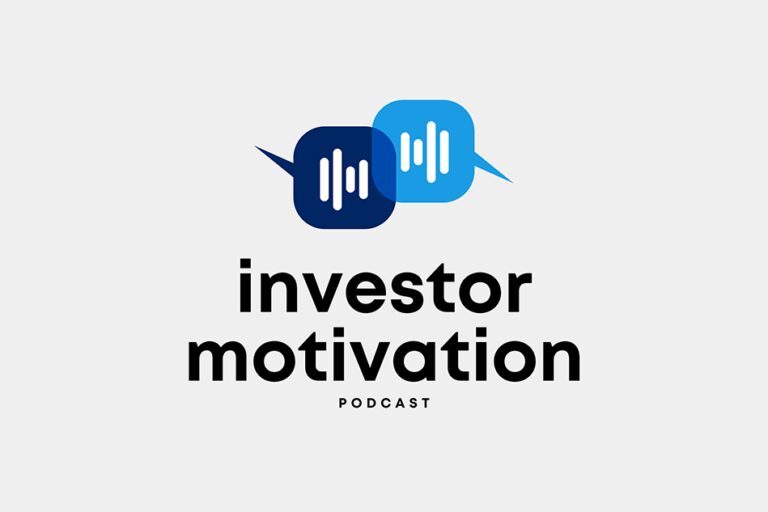






















Harvesting Financial Success
Spring is the perfect time to rejuvenate your financial habits as well as your garden! Here are 5 ways to set you, and your garden, up for success: 1. Plan…

Are we jeopardising the bank of Mum & Dad?
The temptation is obvious. Soaring house prices have made buying a home tough for most home buyers and prompted many parents to think they should step in and make a…
End of content
End of content